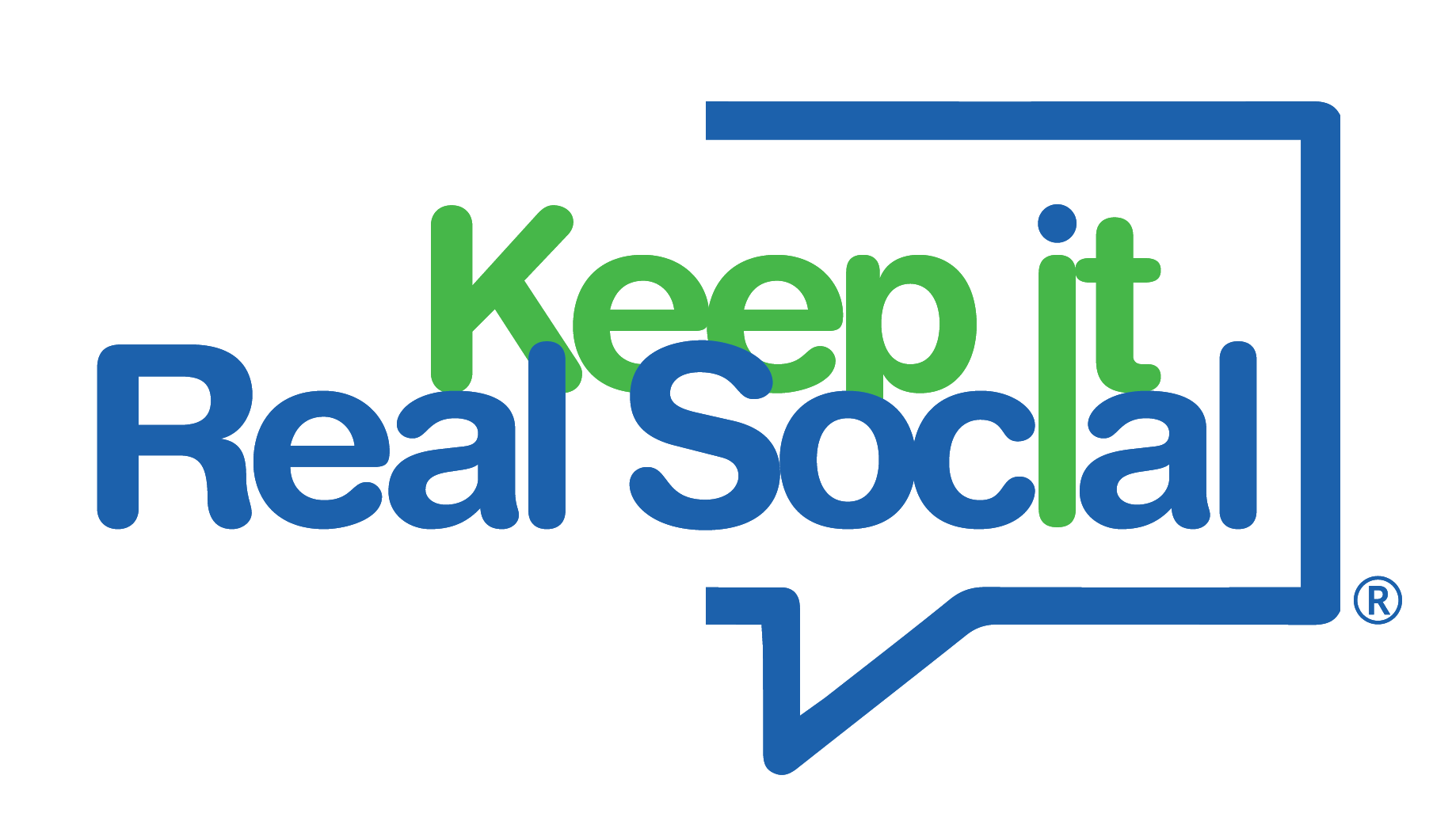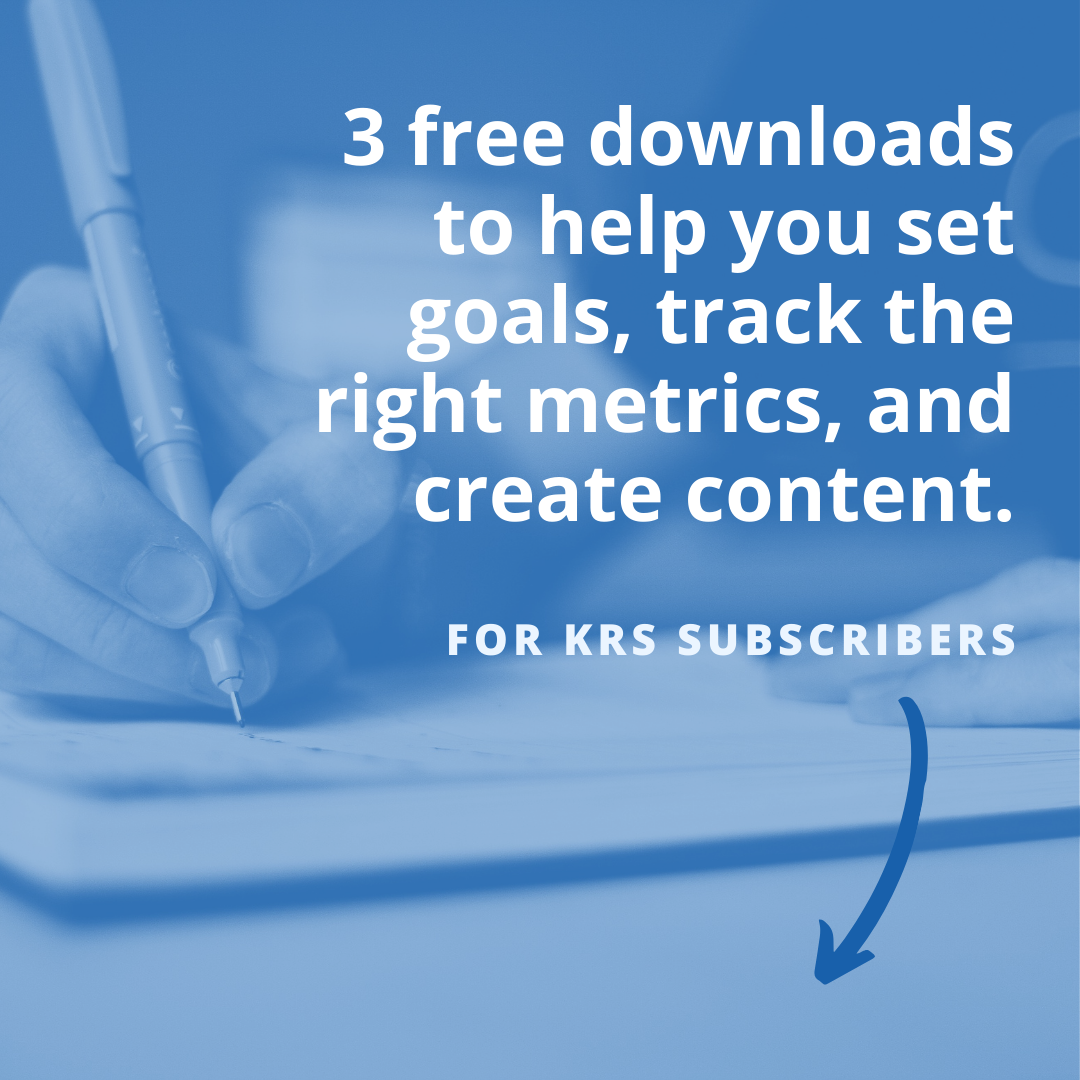In order to keep the content coming to your audience, you need to create an organized calendar. Ongoing activities include finding and organizing content, publishing your content, and monitoring your results. All of the tasks related to content curation need to go on this calendar.
It’s good to start by deciding how often you’ll share curated content. For example, you may want to augment your two weekly blog posts with one post of curated content. If you chose to call on your audience to help you create content, you’ll need to decide how often you’ll call for submissions.
Like your regular content creation schedule, decide how frequently you’d like to publish and how frequently you can publish. You’ll need to decide where you’ll publish and establish a frequency for each marketing channel. You also need to decide how much of the content will be created and how much will be curated. If you already have a regular content schedule and you’re going to add curated content to it, decide how you’re going to do this.
You should also decide on what type of curated content you’re going to share. For example, if you’ve decided you’ll publish directly promotional content, visual content, and news roundups, decide how often for each.
It’s useful to think of timely versus evergreen content. You may want to offer a mix of both. “Evergreen” means that it is content you can publish any time and it will be relevant. Examples include tips, how to’s, basics of a niche, and general informational content. Timely content includes news stories, content connected to seasons or holidays, content related to current trends or future trends, and content about specific products or tools.
Do this for each marketing channels so that for each, you have:
- The frequency of posting content
- The mix of specific categories for your content (the more variety, the better)
- The ratio of created vs. curated content if you’re doing both on one channel
- The frequency for different types of media (visual, video, text, etc.)
- The frequency for different types of content (for example, sharing a news story, news roundups, audience-created content, etc.)
- The ratio of evergreen vs. timely content
Once you set up your calendar, you may change the frequencies or mixes, but for now, create something that will get you started.
The Publishing Cycle
Publishing content isn’t the only thing that should go on your editorial calendar. Every single step or task involved in curating content should be on the calendar. These steps vary depending on the type of content you’re curating and what you’re doing with it, but a few general steps include:
- Finding content
- Customizing content (repurposing it or adding your own ideas)
- Publishing
- Monitoring your results
A good way to stay organized is to decide exactly when each piece that you find will be published. As soon as you save a piece of content, add it to your calendar. If you do this ahead of time, the actual publishing will be much easier. You’ll only need to consult your calendar once and you’ll know exactly which piece is running. If you don’t do this, you’ll have to make these decisions at the time something needs to be published.
An Excel spreadsheet is a handy way to keep track of all of this. You can designate the furthest left-hand column as “Publish Date.” Other columns should be for other information such as author, headline, category, where it will be published, media type, status (for example, needs to be repurposed before publishing), etc.
You can either set aside time to find content or you can sign up for alerts and look at content whenever you’re notified, but in either case, you should decide how far ahead you want to plan.
In other words, you may decide to plan out each month of your editorial calendar. You can then calculate how many pieces of content you need to have on your Excel spreadsheet ready to go. By planning ahead like this, you won’t get caught on a publishing deadline without a piece to publish.
Create your editorial calendar in such a way that it serves as a content curation to-do list. Each day, you can check in with your editorial calendar and you’ll know exactly what needs to be done. It will tell you that today you need to find X pieces of content, edit or repurpose whichever specific content, or publish.
Monitoring Your Results
At the beginning of the course, you set specific goals for your content curation plan. Once you start using your editorial calendar and publishing your curated content, you need to start monitoring your results to see whether you’re achieving your goals or not.
Using the metric you selected for monitoring, decide how often you will monitor your results and how you will do it. This also needs to go on your editorial calendar. For example, you may set aside some time on Tuesday and Friday afternoons to see how many shares or comments your curated content is getting on social media.
Content Curation Tools
There are tools that can help you with your editorial calendar, such as downloadable editorial calendar templates. Here are some of the best tools you can use:
As mentioned above, you can manage your calendar with nothing more than an Excel spreadsheet. You can also use Google Docs. It’s free and easy to use, and it’s connected with your Google account if you have one.
Evernote can help you manage content and plan projects. In addition to scheduling your content in Evernote, you can actually write it in Evernote itself and publish directly to WordPress.
If you’re using WordPress, this is a plugin. It’s especially convenient because you can save content here and drag and drop it into your posts when you’re ready to publish.
Trello is a premium service used by businesses for project management. It has a number of features that make it excellent for managing a content curation editorial calendar.
Basecamp is a project management tool like Trello. It has a calendar, to-do lists, alerts, and various other features that make managing content easy.
GetFlow is also specifically for editorial calendars but what’s nice about GetFlow is that it’s simple and user-friendly. It’s great for users who don’t have a great deal of experience managing a content calendar but it also has plenty of features.
Other editorial calendar tools include:



